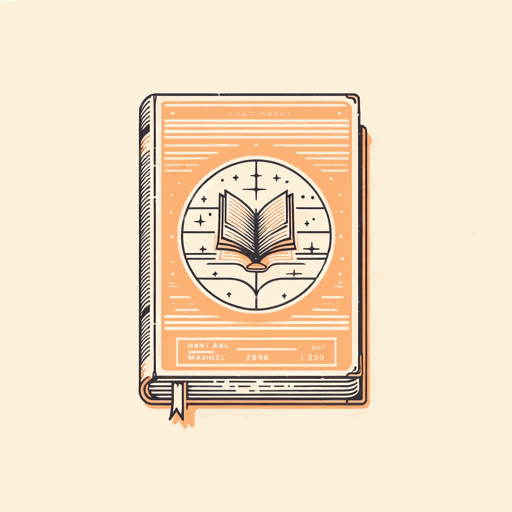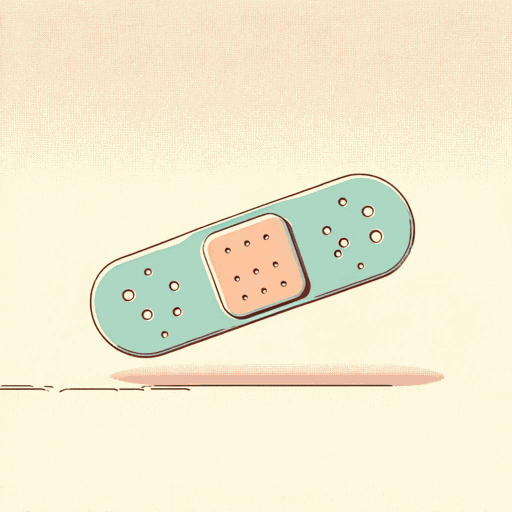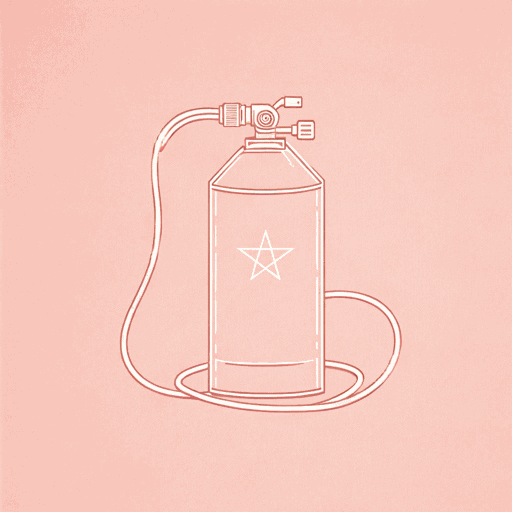61 pages • 2 hours read
John GreenThe Fault in Our Stars
Fiction | Novel | YA | Published in 2012A modern alternative to SparkNotes and CliffsNotes, SuperSummary offers high-quality Study Guides with detailed chapter summaries and analysis of major themes, characters, and more. For select classroom titles, we also provide Teaching Guides with discussion and quiz questions to prompt student engagement.
Themes
Sentimental Cancer Narratives
From the very first, Hazel is sharply critical of the prayers, stories, aphorisms, and tropes that dominate discussions of cancer, and especially kids with cancer, from the mantras of the Support Group (“we promise to Live Our Best Life Today”) to the “Encouragements” at Augustus’s house (“Without Pain, How Could We Know Joy?”). These platitudes and clichés, and their collective accretion into an ideology of heroic suffering, don’t only mask and ignore the unbearable pain—both emotional and physical—of cancer, they try to transform its essential, unjust malignancy into something redemptive and noble. Hazel rejects these conventions out of hand, and through her, the novel does, too, showing Augustus racked with humiliating, abject pain and showing the power of grief to destroy someone like Van Houten, even as it transforms Hazel into a more compassionate person. The Fault in Our Stars refuses the easy, reassuring path of presenting cancer as a blessing in disguise rather than what it really is: a horrible disease.
The Heroic Observer
Hazel struggles to find meaning in her life, knowing that she won’t live long enough to experience the freedom and fulfillment of adulthood, and thinking that when she dies, she will cause only grief to everyone that loves her.
Related Titles
By John Green

An Abundance of Katherines
John Green

Looking for Alaska
John Green

Paper Towns
John Green

The Anthropocene Reviewed: Essays on a Human-Centered Planet
John Green

Turtles All the Way Down
John Green

Will Grayson, Will Grayson
David Levithan, John Green

